There's a Better Way to Say "No" to People
It’s important to create boundaries out of respect for yourself, your time, and your energy—we truly can’t do it all.
Photo credit: Smith House Photography
You have three outstanding assignments sitting on your desk, your phone is lighting up with texts from your friend reminding you that you’re scheduled to have a check-in call, and then your boss Slacks you to ask if you can work late to help out on seven other tasks that need finishing.
Before you can stop yourself, “Uh, sure! I mean, of course,” tumbles out of your mouth. You know full well that you're unable to handle another thing, but there’s just something about saying “no” that’s almost impossible to do. Here’s how to say “no” in a way that’s beneficial to you and your boss.
Have “No” Fear?
If the above situation sounds familiar, it's not surprising—many of us are afraid to say no. Psychology Today offers two main reasons why: We fear conflict and we don’t like to disappoint others. Because of this, we often say yes even if taking on something else isn’t in our best interest. We want to make others feel better—but we sacrifice our own feelings and time in return.
For many, saying no can feel... harsh. But learning to turn down a request is a crucial skill to master. It’s important to create boundaries out of respect for yourself, your time, and your energy—we truly can’t do it all.
So, how do we get better at saying “no?” The answer involves swapping that word for something else entirely. Let us introduce you to your new magic words: “I don’t.”
The Power of “I Don’t”
When we're skittish around the word “no,” we often try to decline requests with an “I can’t”—but “I don’t” is actually the best phrase to use. The reason is this: “I can’t” implies that you want to do something but an external factor is stopping you from doing it. It suggests you could do that task—and it leaves room for people to push back. For example: Saying “I can’t go to the party tonight” leaves lots of room for someone to respond with a “Why not?”
“Saying ‘I don’t’ turns a rejection into an affirmation of how you live your life.”
“I don’t,” on the other hand, reclaims your authority over your actions. When you say that you don’t do something, it's an iron-clad refusal—you as a human don’t do what's being asked of you, and you don’t do it for your own sake. “I don’t go to parties on weeknights” is much more impactful than “I can’t go tonight.” The phrase turns a rejection into an affirmation of how you live your life, making it powerful and something you own.
Another example: If you have a coworker asking you to step in on the office party planning committee—but you already have the responsibility of organizing the company’s retreat plus 10 outstanding work assignments—you can reply with a simple, “Although I wish I could help further, I don’t take on other projects when I’m behind on my existing assignments.” That statement is a lot harder to argue with than, “I can’t do that right now,” and it’s more thoughtful than a plain “no.”
How to Use “I Don’t” to Motivate Yourself
“I don’t” is also a powerful tool you can use when working towards your goals. If you incorporate it into your self-talk, it can increase your willpower.
When researchers at Boston College and The University of Houston conducted a small study looking into the use of “I don’t” and “I can’t,” they found that participants who said “I don’t skip exercise” rather than “I can’t skip exercise” ended up working out more often than the “I can’t” group. “Using the word ‘don’t’ serves as a self-affirmation of one’s personal willpower and control ... leading to a favorable influence on feelings of empowerment, as well as on actual behavior," the researchers wrote.
Take Control of “No”
Bottom line: “I don’t” puts the ball back in your court. It gives you authority over your no and leads to a powerful but respectful decline—or, an empowering motivational phrase.
It’s a lesson in framing, and it’s an easy way to turn dreaded “no”s into something empowering. Give it a try next time you need to say no but feel yourself about to say yes.
Article by Anna Meyer. There's a Better Way to Say “No” originally appeared on Shine, a free daily text to help you thrive.
About Shine: Shine is a free daily text message experience that makes it easier to live a more intentional life. Each weekday morning, Shine sends curated content and actionable tips across confidence, daily happiness, mental health and productivity. Why? Because we all need a little help to get through the day—and Shine’s got your back. To sign up, text “SHINE” to 759-85 or go to www.shinetext.com to learn more.
Follow Shine on Instagram, Twitter & Facebook: @ShineText
This post was originally published on December 26, 2017, and has since been updated.
MORE FROM OUR BLOG
Motivation Monday: 10 Quotes to Awaken Your Inner Beyonce
We're out here making Monday our B.
Oh Bey. You brought all your lady-boss power to the Super Bowl and Coachella, and since someone once reminded us that we have just as many hours in the day as you, we're kicking off the week with ten quotes to keep us motivated and feeling good. (And shoutout to that all female drum line. #ladyboss.)
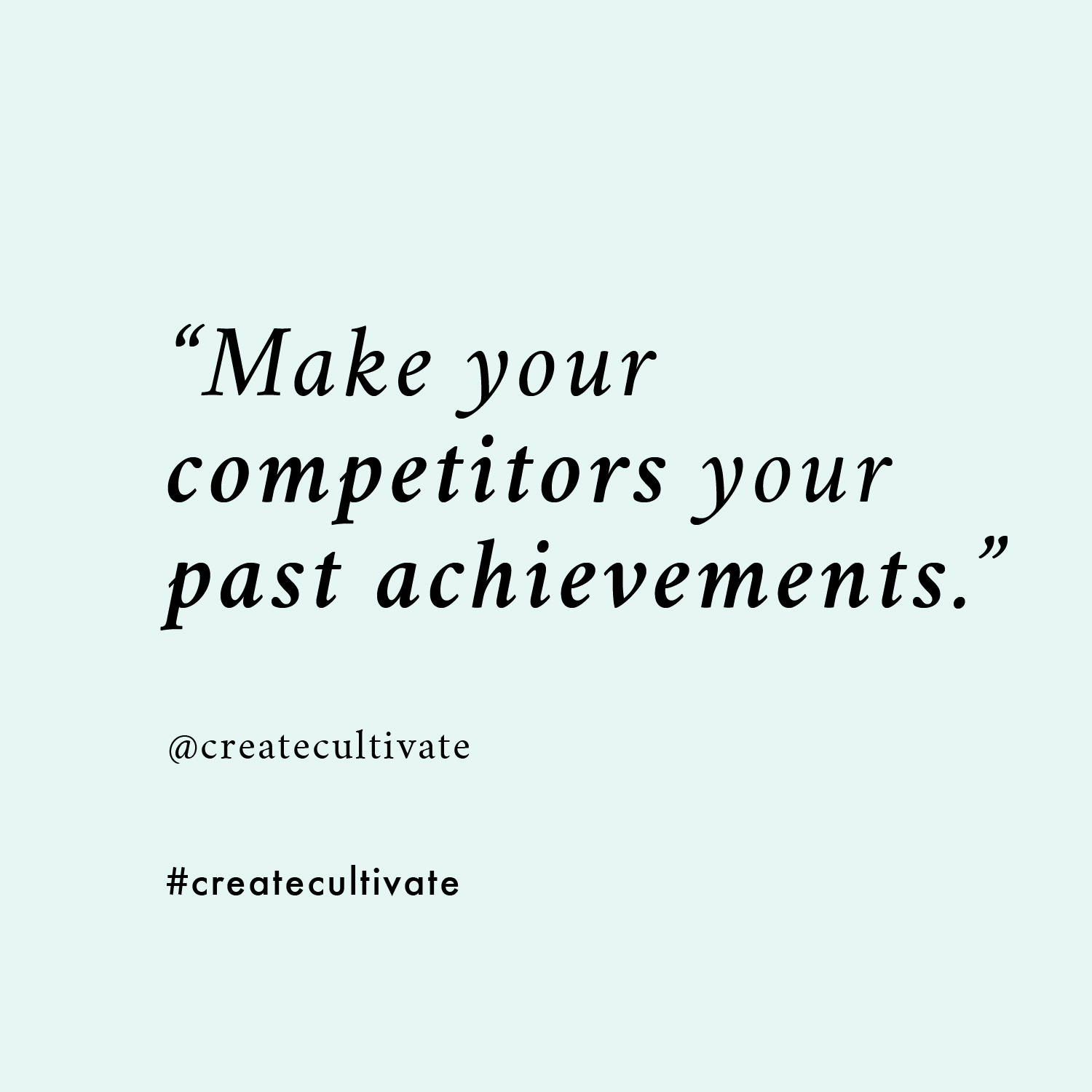
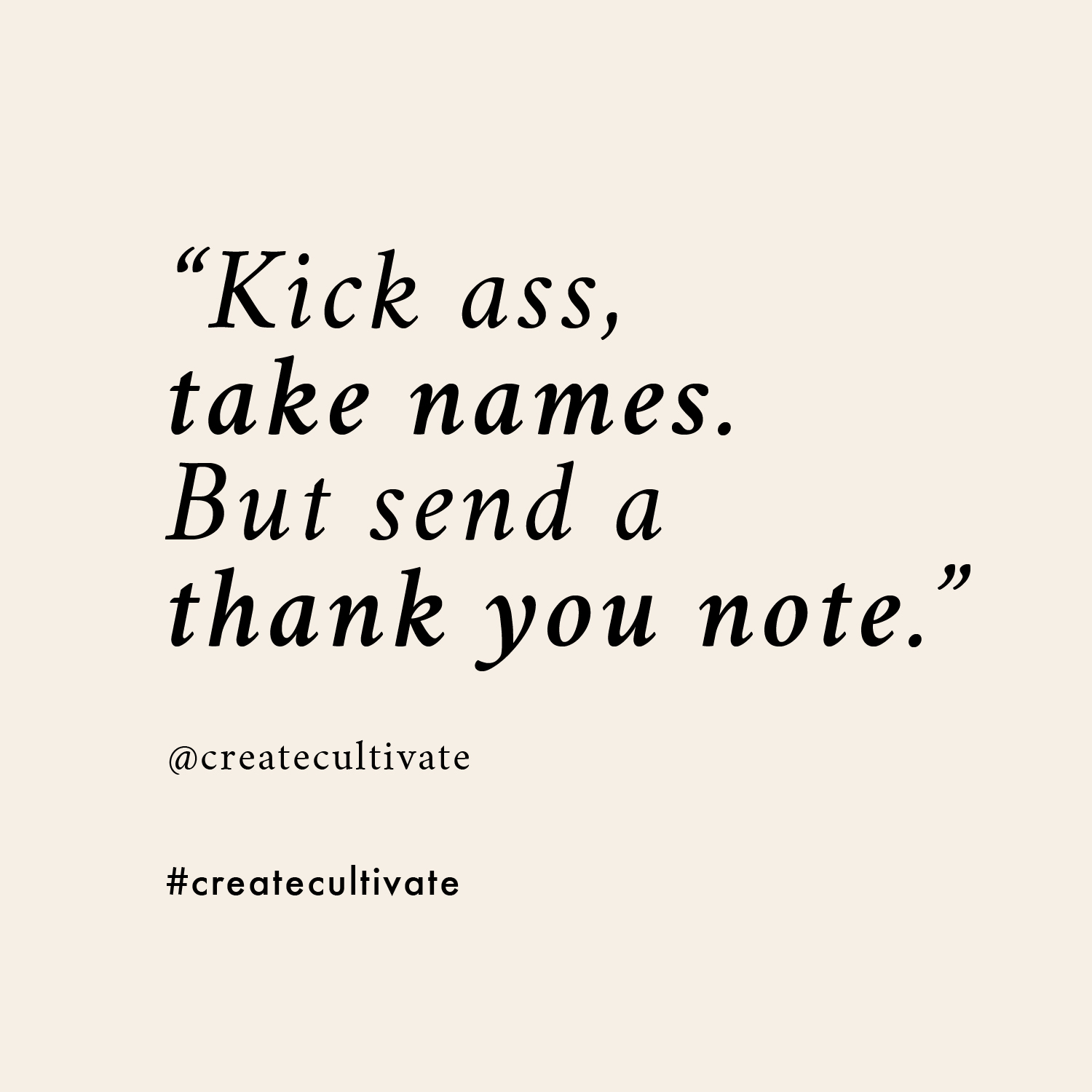
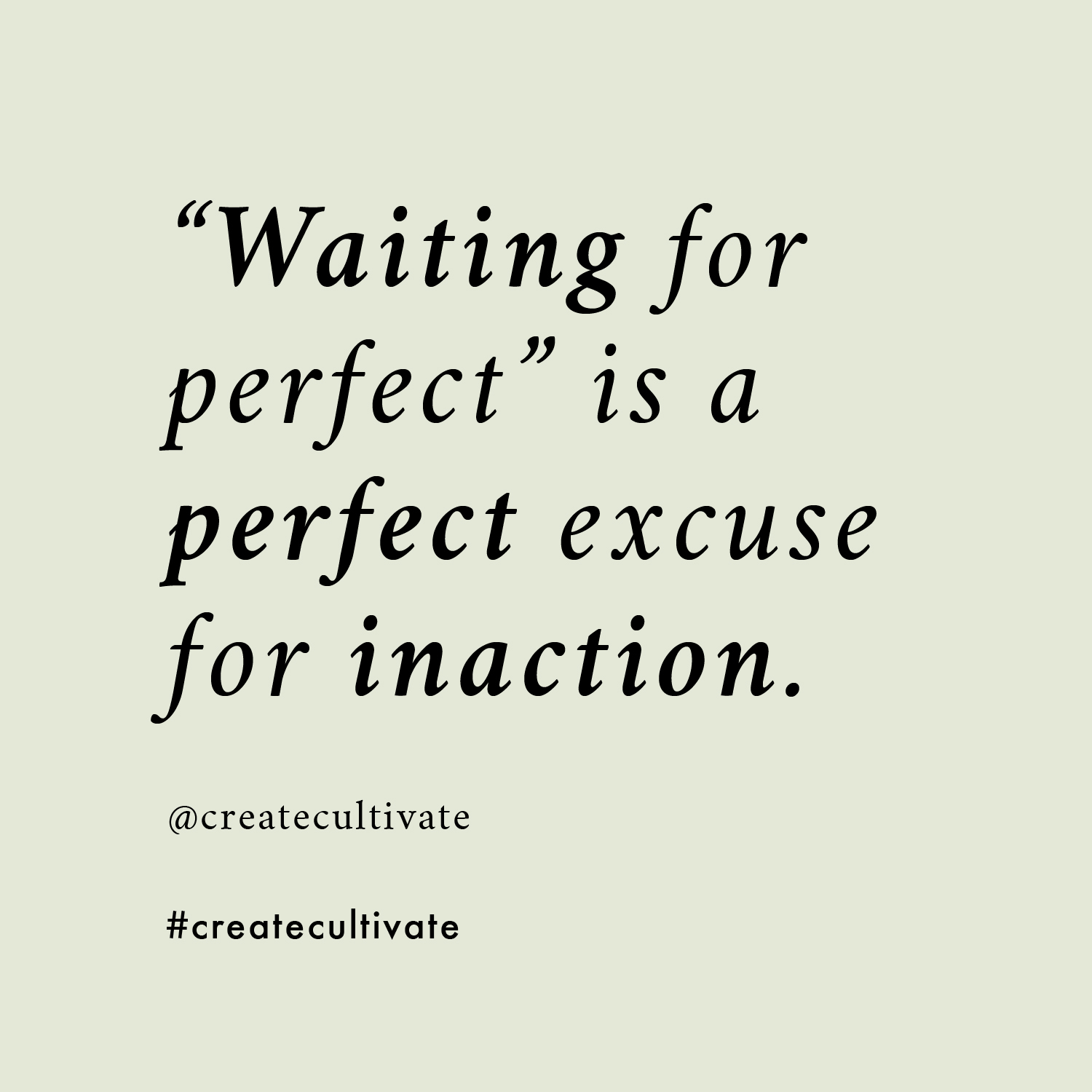
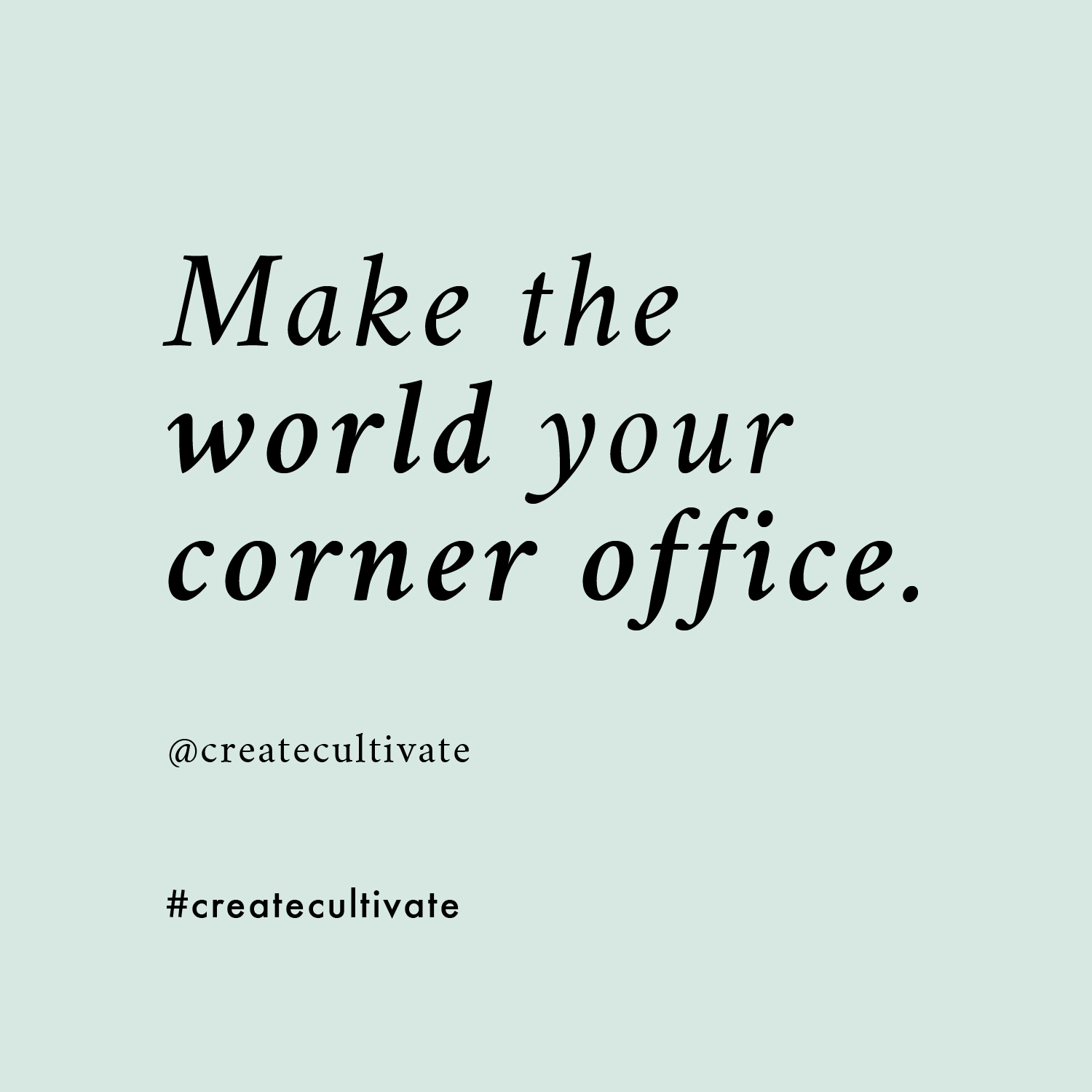
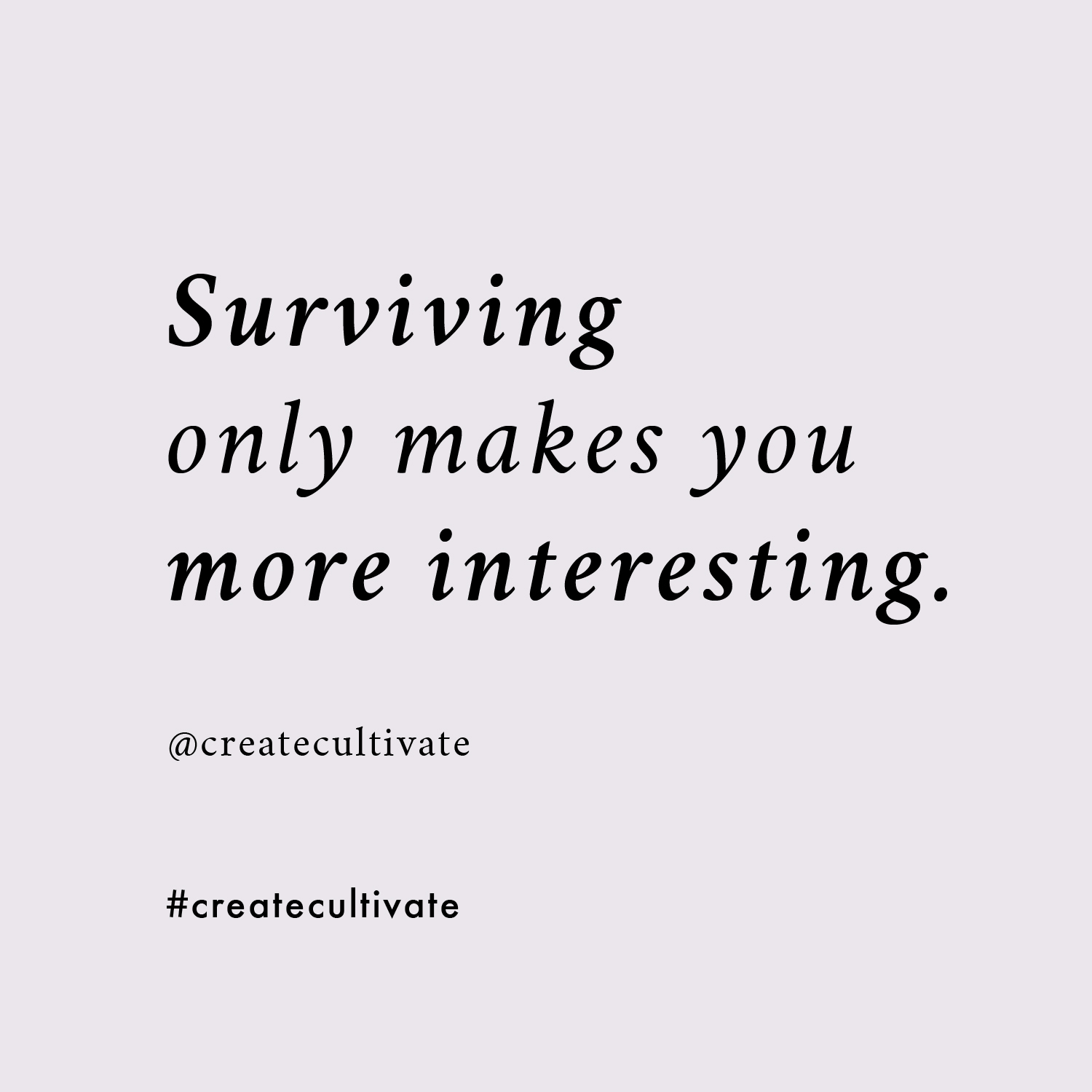
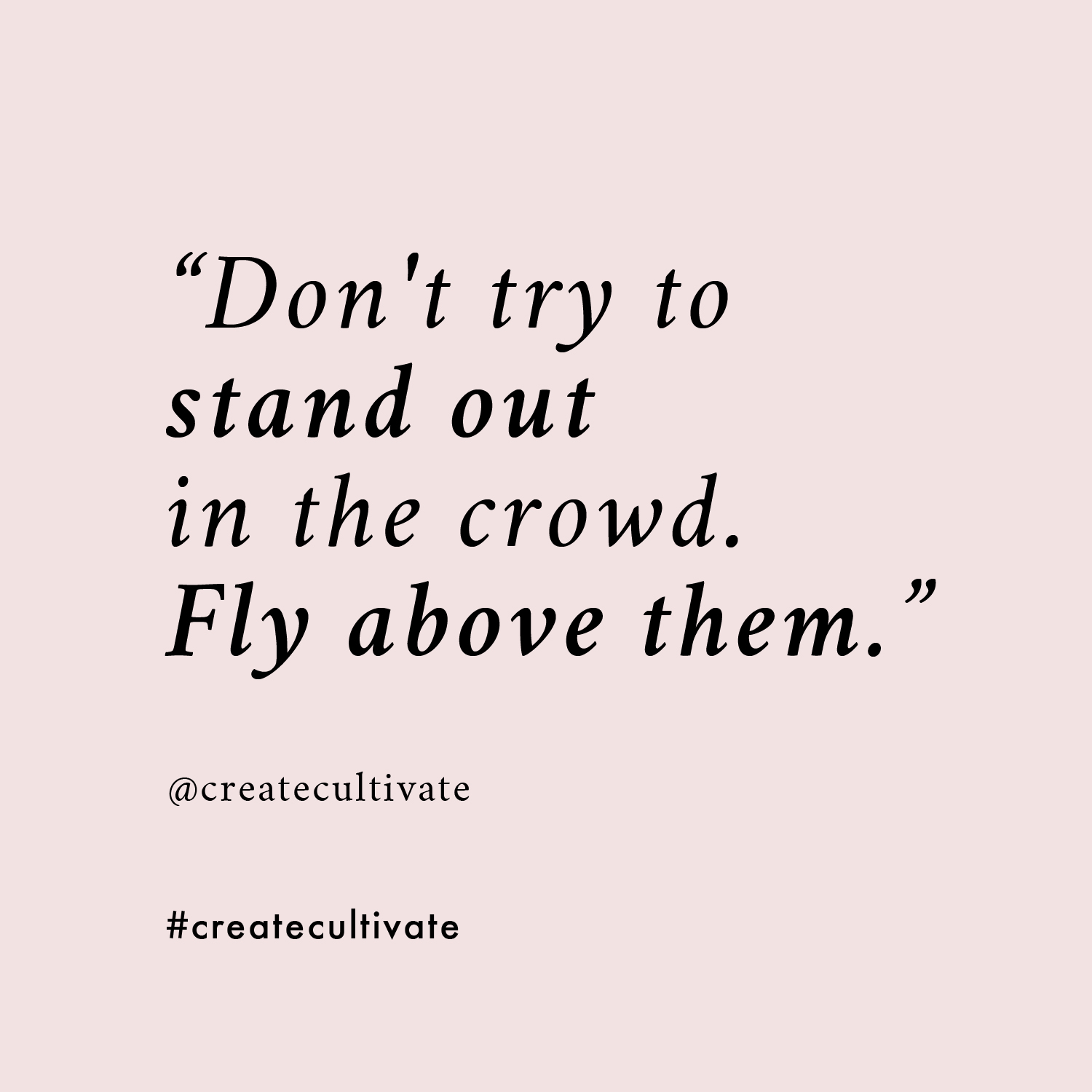
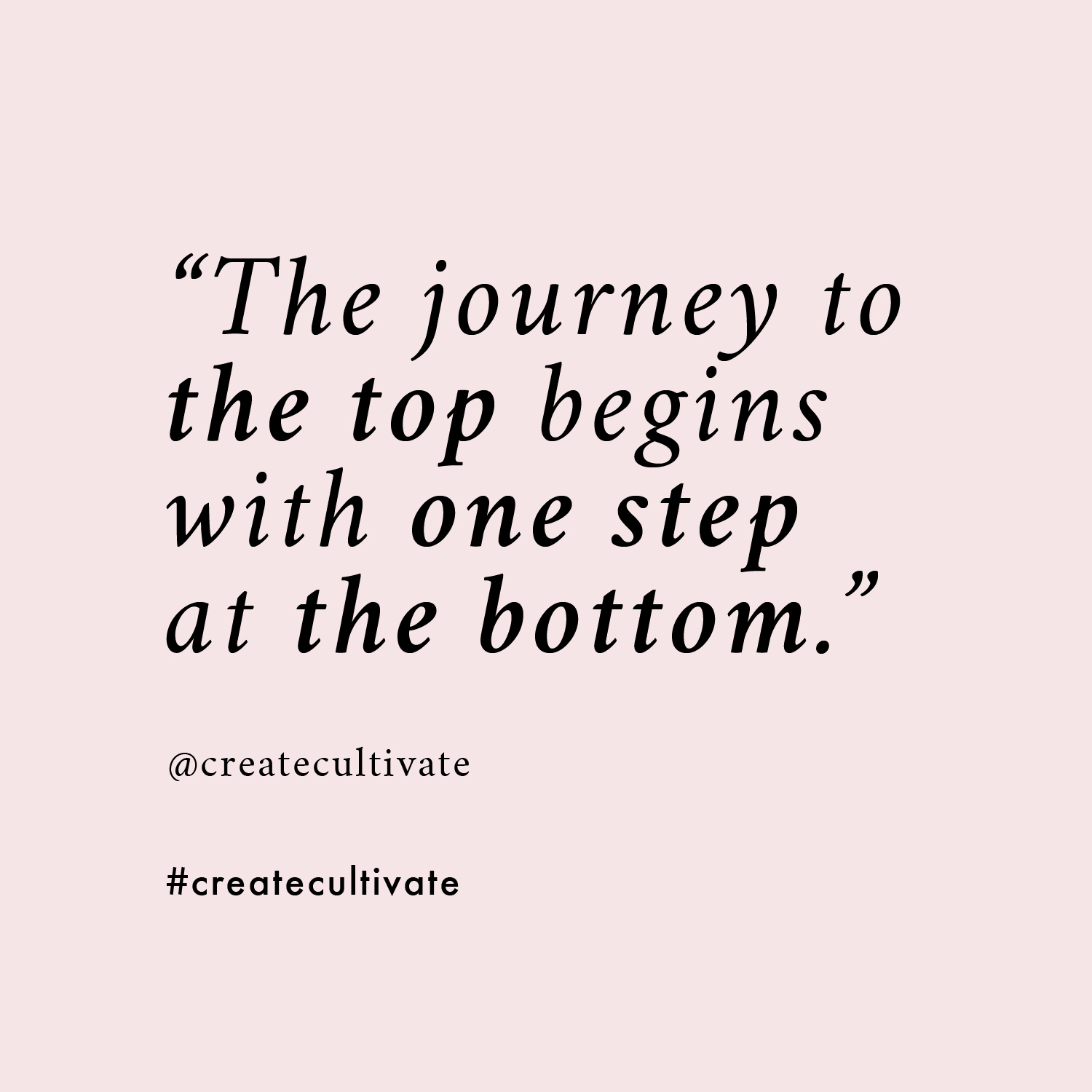
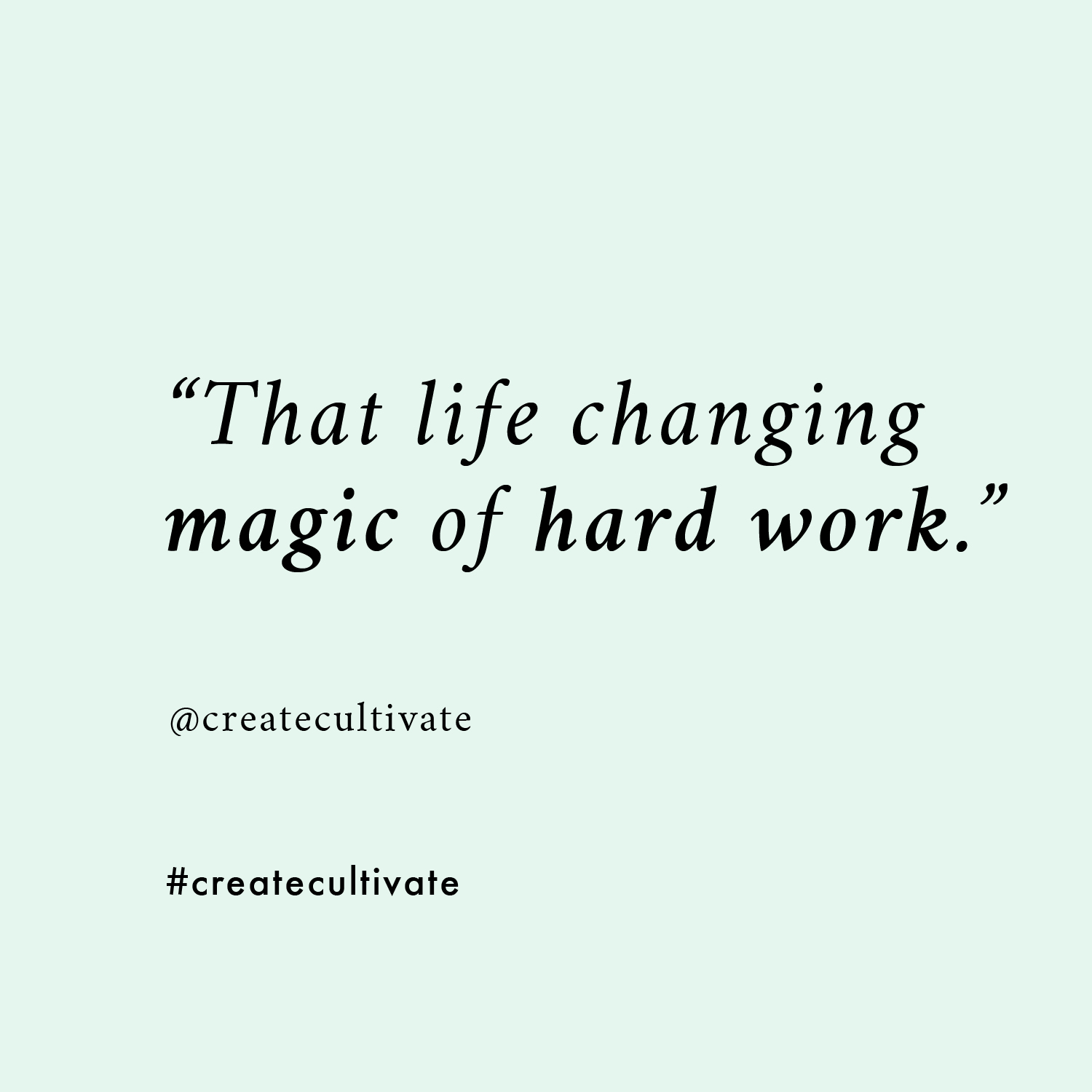
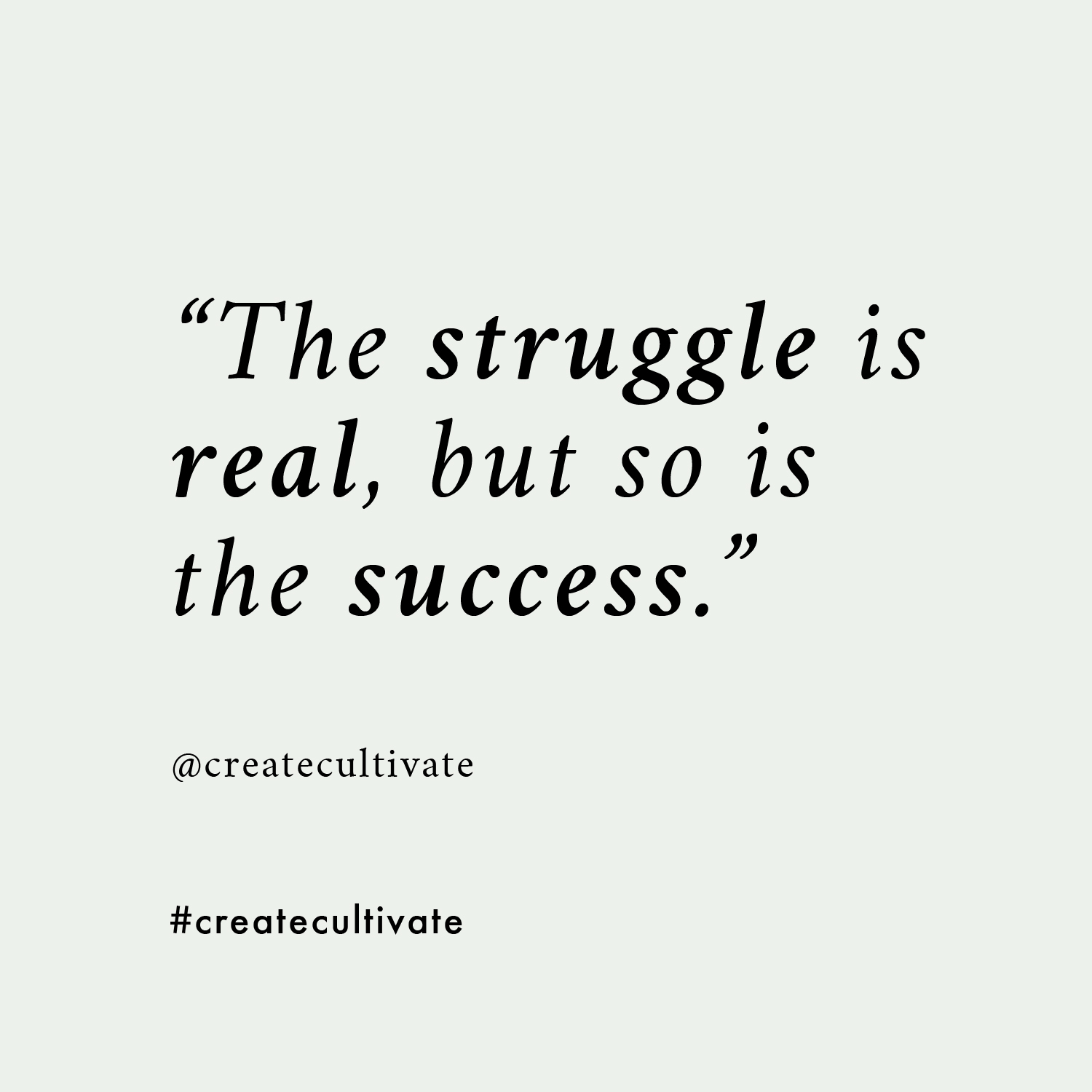
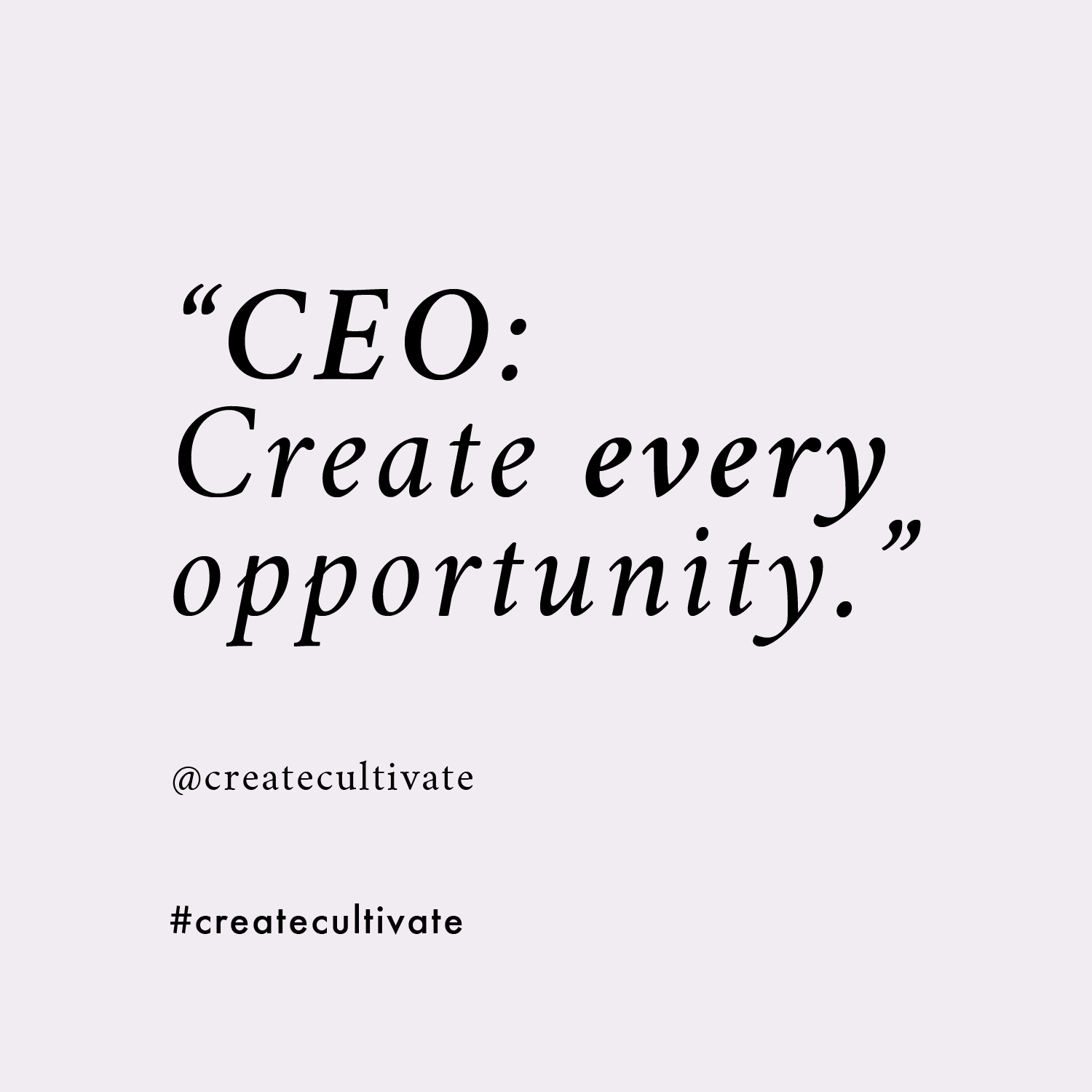
MORE ON THE BLOG
Why One Model Called This the Best and Most Diverse Panel Ever
#CreateCultivateLA didn't mess around.
“Sometimes I wake up after days like yesterday & I think “how is this my life?” How did I get so incredibly lucky to not only speak on panels about body positivity & being a boss with some of the strongest women I know, who happen to be my friends and who are ACTUALLY CHANGING THE WORLD?! I know the answer, I got here from really hard work, privilege & never taking no for an answer. Not listening to people who said I was too short, too fat, too tattooed, too outspoken, too much, myself. I was reminded yesterday that there is still so much work to do, and that we ALL have to keep showing up for not only ourselves but marginalized bodies & people. Thank you to @createcultivate for having me & to @jessbeegood from @livestrong_com for moderating the best & most diverse panel I’ve been a part of to date.”
So wrote Tess Holliday on her Instagram following Create & Cultivate Los Angeles this past Saturday. Joining her on panel, were @ihartericka, @mamacaxx, @mynameisjessamyn, and @danikabrysha. The group of women went in on everything from the “body positive” movement and whether they believe in it to how they identify.
Below are some of the amazing highlights from the panel.
Jessamyn Stanley
Yoga teacher, body positive advocate, and writer
Jessica Bordner Photography
On panel, Jessamyn said she’s interested in disrupting the industry beyond visibility. She not only wants to be seen but to be heard and understood.
“I came to body-positivity to really understand myself in a more whole way. I am attached to the understanding for all human beings that who we are on the inside dictates who we are on the outside.”
“I have so much conflict, thinking about where we are with body positivity and actually cracking the mainstream. I am one of very few fat, black, queer, yoga teachers. Or that’s what people think. It’s patently false. There are so many people who look so many different ways. The fact that anyone would find my presence anywhere surprising is frustrating on a deep level.”
Though she says she never intended to be the face of a movement, and still doesn’t think of herself in that way, she’s not mad at it. “If there is going to be a cracking of the mainstream, I’m not upset to be in that space. Visibility is critical. Living my truth and just existing can have an accidental purpose.”
She continued, “I think we need to get to a place beyond television, advertising and movies to be our ‘goals’ for life."
Eff the rules she said. Do what you do. Love who you are. That’s the only plan."
Ericka Hart
Cancer warrior, activist and sexuality educator
Jessica Bordner Photography
Ericka Identifies as a black, queer and femme woman. She spoke on the importance of being clear with how she identifies because it holds weight in a room. She mentioned that when people feel uncomfortable with her being queer, it’s a reflection of a problem they are facing internally. “If someone has a problem with me being queer, they really just have a problem with themselves,” she told the room.
“I’m used to not seeing myself,” said Ericka. “But I’m really interested in disrupting beyond viability. So yes, I walked topless at New York Fashion week, and that felt amazing. But what I’m interested in is the fact that W Magazine just released at stat that said 0.4% of [fashion] shows this year were diverse. I don’t know how many shows exist at New York Fashion week, but there are many. If you look at the Fashion industry it’s not interested in being diverse and it’s not interested in giving it back to the black and queer and trans people who invented it. I’m interested in actually making the institution different— the system different. We have to be critical about diversity and inclusion. It’s so much more than visibility.”
Tess Holliday
Model, Author, Momma & Feminist Founder of @EffYourBeautyStandards
Jessica Bordner Photography
“We all should just do whatever the fuck we wanna do. And whatever feels good for us,” the model said to a cheering crowd.
“I didn’t see anyone who looked like me. I wanted to be the person that I didn’t see. I started putting myself out there on social media. I’ve been doing it now for eight years.” As a US size 22 Tess told that crowd that she is still the only model for her height and size signed to a major agency. But she is committed to seeing that change. “I’ve accomplished what everyone said was impossible, and I’m hoping to help other people do the same.”
Tess also spoke on how she had to break away from waiting on other people to reassure her on things. She used to be stuck in a place where she needed her decisions validated by those around her, but she’s not interested in that anymore. She now knows that she has the power to reassure herself.
"My best piece of advice would be to be yourself and be authentic. Do something that you love, and don’t be afraid to not do what you love. Just go for it!"
Danika Brysha
Plus size model and founder of @ModelMeals
When Danika started her modeling career she was faced with tons of negative criticism around her size and her curves.
She said, “I heard from people, ‘You have such a pretty face,' but they were just insinuating the rest of me wasn’t up to par, and that just wasn’t true.”
“I spent my whole life feeling like not enough. To get into the plus-size industry and recreate my normal of what beautiful looks like is incredibly powerful.”
MamaCaxx
Survivor and Role Model
Jessica Bordner Photography
“Body positivity is really embracing marginalized bodies,” shared MamaCaxx.
“In college I used to have a cover prosthetic. My goal was to hide and conceal. The very first time I decided to take off that cover, I remember it took me two weeks to actually leave my house. I had so much anxiety.” When she did leave the house and subsequently decided to have a photoshoot with a metal leg, Caxx explained that the recurring comments surprised her. “People were commenting that they’d never seen a black girl with a prosthetic,” which she said, is not her world. “What you think of disability is not what it is at all. It’s only one identity. And it crosses all people. Black, white, queer, women, men.”
She continued, “In the fashion industry I don’t see a lot of people with visible disabilities. But what you gain from fair representation goes such a long way.”
What brands do you think are succeeding at fair representation? Let us know in the comments!
MORE FROM OUR BLOG
Why This Emmy Winner Says You Should Flip Off Failure
And the best takeaways from her new book.
Fearless and free. It’s a pretty good place to be when it comes to your career. Which is exactly what Emmy-award winning TV news producer and author Wendy Sachs writes about in her book, Fearless and Free, How Smart Women Pivot— and Relaunch Their Careers.
In the book she discusses the self-imposed barriers that hold women back. The job market’s radical change in recent years. And how we can all take small steps that lead to massive growth.
Here are our 5 favorite takeaways that you can apply to your career today. Free? Fearless? Right this way.
1. “The only career goal you should be focusing on right now, is staying relevant.”
In the book Wendy quotes Karen Shnek Lippman, a managing director at the Sloan-Koller Group. Lippman says, “There is no such thing as a career path now.” It’s scary to think about, but in the last decade we have seen industry change exponentially. Keeping yourself relevant, continuing to advance and develop your skills (ahem, learn new ones), and evolve with the times is a way to make sure you keep your job.
2. Your sorry’s add up.
Wendy references the Amy Schumer May 2015 sketch on Inside Amy Schumer, that documents the female tendency to apologize. It’s satire sure, but that means it’s biting. And it packs some truth. Think of how many times you say “sorry” when someone runs into you. Sorry! It’s innocuous enough in that moment, but the propensity to apologize adds up and seeps into our other behavior.
We suggest testing out actively not saying sorry in instances that aren’t your fault. Someone runs into you? Look them in the eye and wait for their apology. See if it shifts your attitude and self-worth even a smidgen. Because smidgen's add up too.
“Inertia is a confidence killer.There’s no time to get stuck.”
3. Confidence is more important than competence.
Wendy cites research from journalists Katty Kay and Claire Shipman and their book, The Confidence Code: The Science and Art of Self-Assurance, in which they found that we’re either hardwired for confidence or we’re not. “Like blue eyes,” Wendy writes, “this inheritable trait is something we are born with— imprinted in our genetic code. Kay and Shipman found that the correlation between genes and confidence may be as high as 50 percent and may be even more closely connected than the link between genes and IQ.”
Did that make your heart stop? We’ve always been told that we can power pose our way to confidence! (Something Wendy also discusses in the book.) And these women are telling us, maybe not? “The key here,” says Wendy, “is that those with overconfidence weren’t faking it—it simply wasn’t bravado or bluster—they actually believed they were that good.”
So what’s a woman not born with the confidence gene do with this research? We say, allow yourself off the hook for not getting the [insert anything you’ve ever beat yourself up about here] and then rewire your brain to become more confident.
Wendy says, “While confidence may be partly genetic, the good news is that it is also very malleable. It’s like a muscle that can be strengthened.”
She also says that “confidence creation is about taking risks.” So go ahead and make some risky moves.
4. Get Up and Go After It
If you’re making risky moves, you’re going to fail. You’re going to fall. Sometimes that means starting all over again.
Wendy recounts the story of Jill Abramson, The New York Times’s first and only female executive editor, who was fired two and a half years into her job. “Some reported,” writes Wendy, “that Jill was ‘difficult,’ which for a female executive is a word loaded with gender double standards. It was also reported that Jill had hired a lawyer before she was fired to look into compensation issues, believing that she was not paid the equivalent to her male predecessor.”
But Jill didn’t stay down. According to Wendy, “The morning after Jill was fired, she went to a session with her trainer that handed her pair of boxing gloves. She had never boxed before, but hitting the bag was intensely satisfying, Jill asked her trainer to take a picture of her with the gloves and she emailed it to her kids who were worried about her.” The pic went viral after her daughter Cornelia posted it to her Instagram.
It’s a great reminder that no one fall is your end. Only you can decide your professional end.
Which is why we love #5…
5. Flip off failure.
Seriously. Process your failure and then give it the bird. (And the wings so that it may fly away.) You can’t become paralyzed because something doesn't work or survive in the marketplace.
"Process your failure and then give it the bird. (And the wings so that it may fly away.)"
Tweet this.
We’re reminded of this modern day biz facet the whole book through. And it’s a vital Wendy says, “Inertia is a confidence killer, and with the world today moving at the speed of social, there’s no time to get stuck.”
For more career advice and how to fail forward, check out Wendy’s book, available on Amazon here.






















